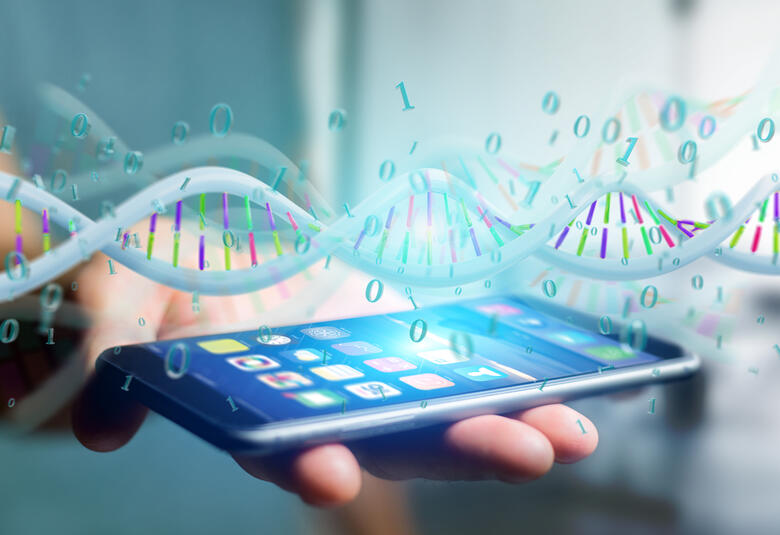Modulating central and peripheral innate immunity has potential in Alzheimer’s Disease. Following animal modeling, clinical trials are now in prospect, Howard Weiner, Harvard, USA, told an ADPD 2019 plenary. The session also heard of studies from Germany showing microglial dysfunction can be reversed and the ability to limit amyloid accumulation restored.
An immunostimulatory adjuvant based on outer membrane proteins from Neisseria meningitidis and lipopolysaccharide from Shigella flexneri is one technique Howard Weiner, Harvard Medical School, Boston, USA, and colleagues have been exploring.
In a mouse model of Alzheimer’s disease (AD), nasal administration of the adjuvant starting at five months of age was shown to prevent brain amyloid deposition when animals were sacrificed at 14 months.
Professor Weiner et al have also demonstrated that the adjuvant activates human bone marrow-derived CD11b+ macrophages, leading to a dose-dependent uptake of soluble Aβ1-42. A human trial in AD is planned.
IL-10 secreting T cells dampen microglial inflammation, and short-term memory improves
The nose has it
A second set of pre-clinical experiments shows that intranasal administration of an anti-CD3 antibody protects against myelin loss and axonal injury. In vivo, astrocytes demonstrate an altered immune phenotype; and the inflammatory phenotype of microglia is also changed towards one consistent with repair rather than pathogenesis.
In control mice, anti-CD3 reverses the old (24 month) gene signature of microglia. IL-10 secreting T cells migrate to the brain. Once there, they dampen microglial neuroinflammation. Work on human dosing of anti-CD3 has begun, with the aim of reducing the inflammatory brain burden in a range of diseases including progressive Multiple Sclerosis and Alzheimer’s.
Antibiotics reverse neurodegenerative signature
The neurodegenerative disease signature of microglia can also be reversed by manipulating the microbiome. Gut bacterial composition changes during aging, and changes correlates with Aβ plaque in an AD model. Modifying the diet can restore the bacterial composition seen in young animals.
Using oral gavage to colonize mice with Allobaculum reduces the role of genes related to inflammation and apoptosis, so reversing age-associated brain changes, Professor Weiner told the meeting. Antibiotics can also dampen the neurodegenerative disease signature of microglia, decreasing the influence of APOE and Clec7a.
Can aged microglia be rejuvenated?
New cells for old
In the healthy state, microglia are involved in brain immunity, synaptic pruning, provision of neurotrophic support and phagocytic clearance. In AD, however, there is immune dyshomeostasis, neurotoxicity and reduced phagocytic function. An important question is whether it is possible to rejuvenate diseased microglia.
Sabrina Tahirovic (German Center for Neurodegenerative Diseases, Munich, Germany) and colleagues believe that it is – and they have encouraging results from in vitro experiments in which brain slices from young and healthy wild-type mice are cultured alongside brain slices from their aged amyloid-bearing counterparts.
In the co-culture model, the amyloid aggregates are stripped of their halo and converted to core-only plaques. Microglial proliferation and the reduction in plaque size could be achieved by exposing old microglia to the conditioned media from young microglia. So young microglia release a soluble factor that restores the plaque-clearing capacity of old cells. This effect can also be achieved by adding granulocyte‐macrophage colony‐stimulating factor (GM‐CSF).
Co-culture led old microglia to cluster around amyloid plaques and clear the halo
The next stage is to characterize the mechanism underlying GM-CSF stimulated rejuvenation of cells’ capacity to clear plaque. But we perhaps now have a model that can be used to test ways of reinforcing microglial phagocytosis as a means of treating AD.




